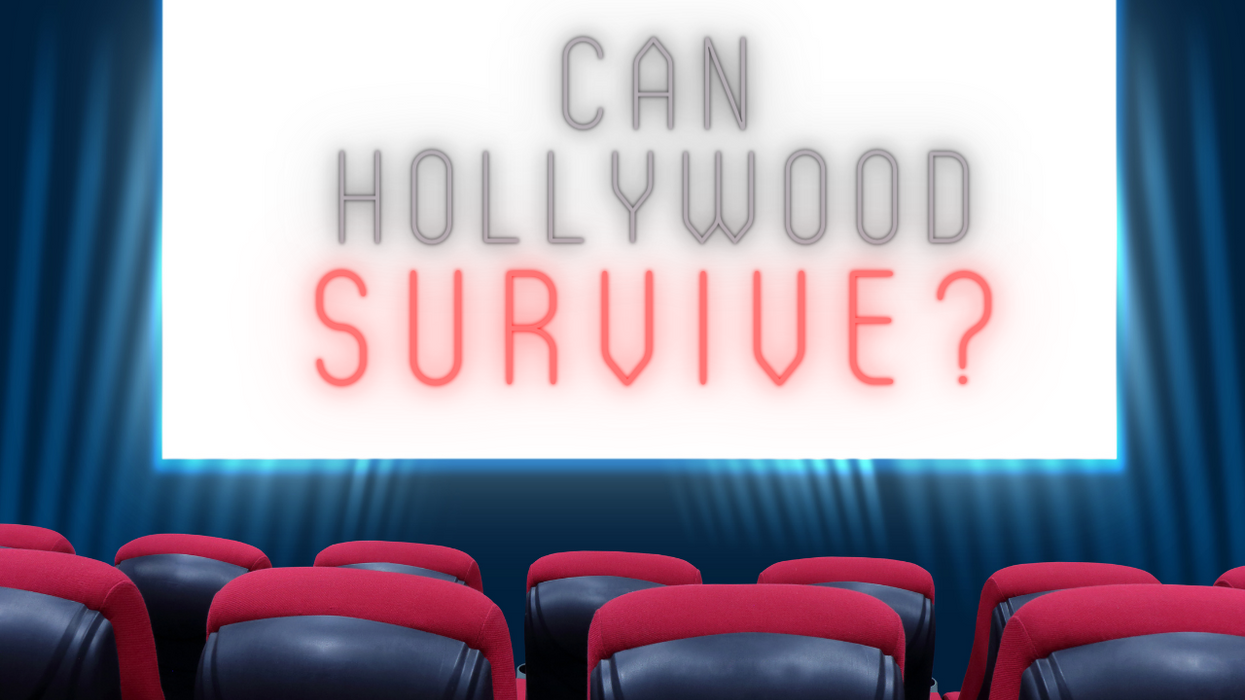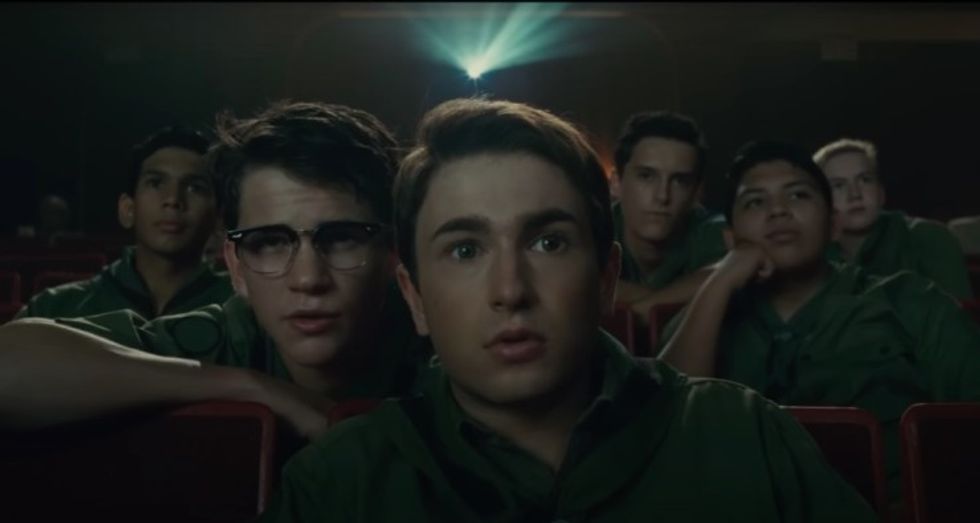Can Hollywood Continue Without Theaters?
Specifically, does Hollywood need theaters to survive?

Look, we don't want to be alarmist. We just wrote about the state of indie film and Sundance, and have been worried about theatrical distribution for—like, ever—but more so over the past couple of years in the wake of the pandemic. But how much can the industry take before it implodes? Can studios earn enough from streaming platforms to make filmmaking worthwhile? What happens to indie creators in the middle of all this?
Every change in film distribution has always led to panic, from home video to streaming, but when COVID-19 hit and almost everyone was going day-and-date (or not releasing anything), everyone worried that it was the final nail in the coffin. You had directors begging audiences to see things in theaters.

David Sims recently wrote about this issue for The Atlantic, pointing to 2022's sparse holiday season. Nothing was in theaters, even though there was great potential for success. Neither The Fabelmansnor Glass Oniongot wide releases. At the same time, there were winners like Top Gun: Maverick, which raked in roughly $1.5 billion (per Box Office Mojo).
Hollywood, generally, is risk-averse. When millions are at stake, it's understandable. But imagine if no one had taken a leap for Daniels and Everything Everywhere All at Once, which is on its face not a commercial concept at all, as a superbly weird and high-concept movie, yet its take was about $104 million.

Things aren't working. Studios and networks are scrambling to cut costs, killing exciting projects and firing creatives left and right. Something needs to change.
As Sims writes:
The solution, now that 2023 is upon us, is simple: Put new releases exclusively in theaters and give them a real chance to succeed with paying moviegoers. No more muddled hybrid releases, no slow and modest rollouts, and certainly nothing like Netflix’s baffling compromise with Glass Onion, which played on 696 screens for just a week around Thanksgiving and then vanished ... There will be failures, yes, but Hollywood must finally recognize that the overall health of theatrical exhibition is of paramount concern.
Maybe it shouldn't be about fracturing audiences further through more and more over-the-top services. Perhaps it's not about beating Netflix or beating Disney+ because, as Sims points out, even Netflix is facing "plateauing subscribership, emphasizing fewer and bigger projects." (And it's adding commercials.) Box office numbers are trending up, and looked great last year—but then fell when there was basically nothing to see.
Studios are potentially leaving millions on the table by failing to engage with traditional distribution. For those of us who love going to the movies, we will continue to show up as long as there are new releases. It's crucial that smaller voices and quirkier films, like Everything Everywhere, get the chance to reach more eyeballs on a large scale and generate that buzz.
But maybe we're old-fashioned that way. Let us know your thoughts in the comments.
Source: The Atlantic












